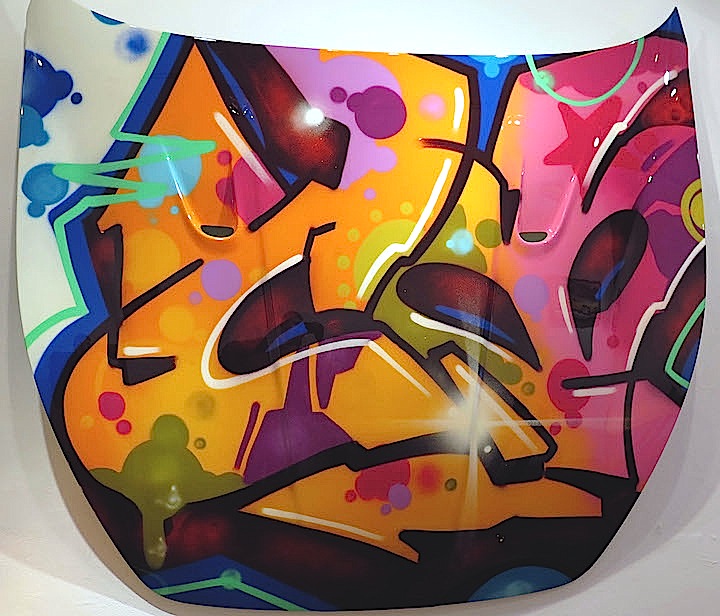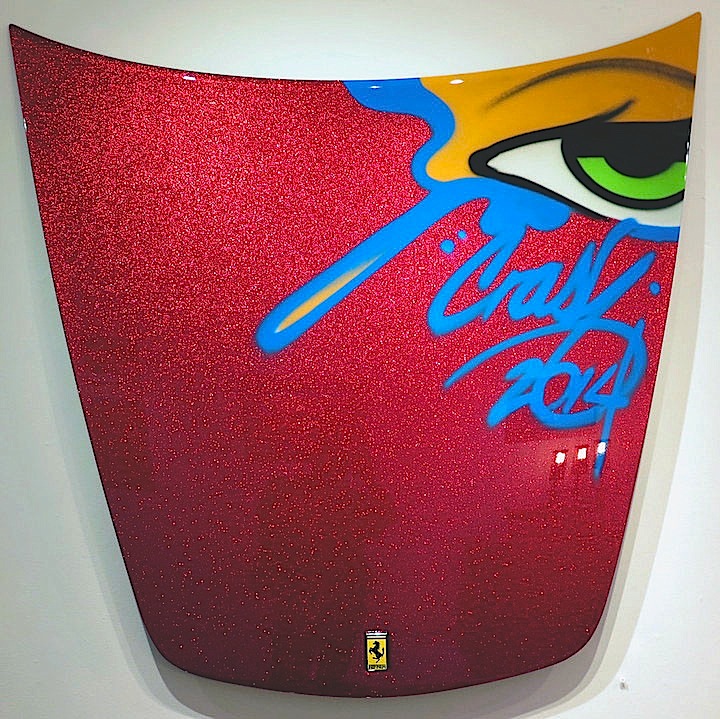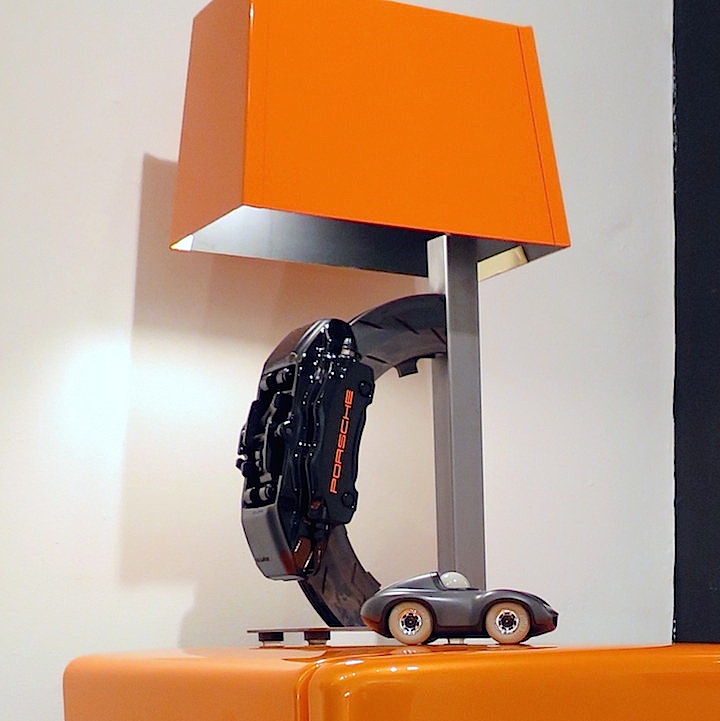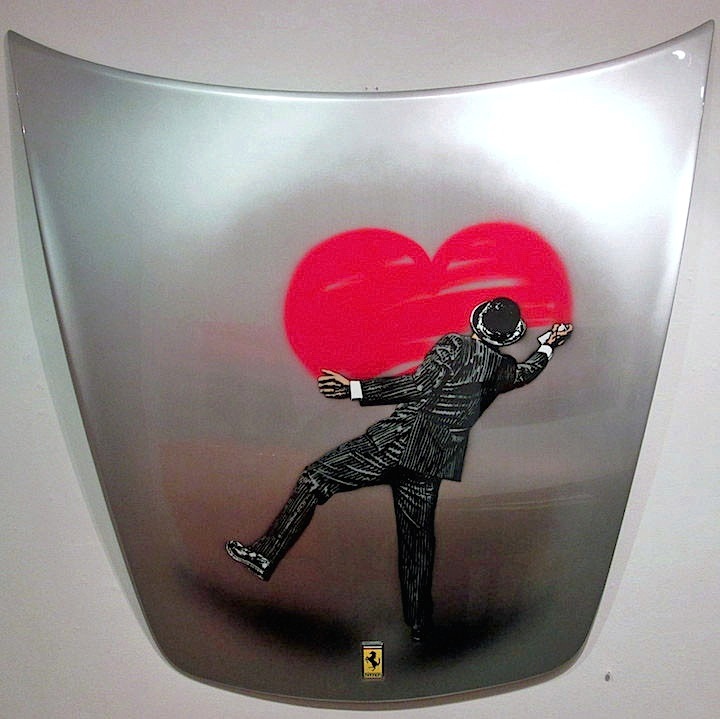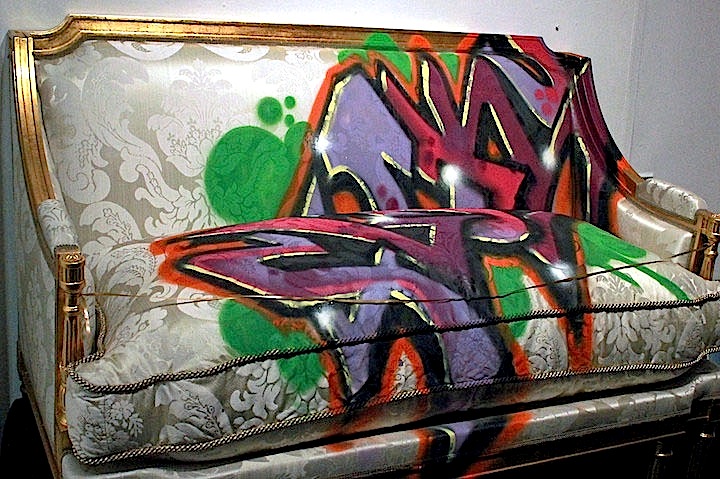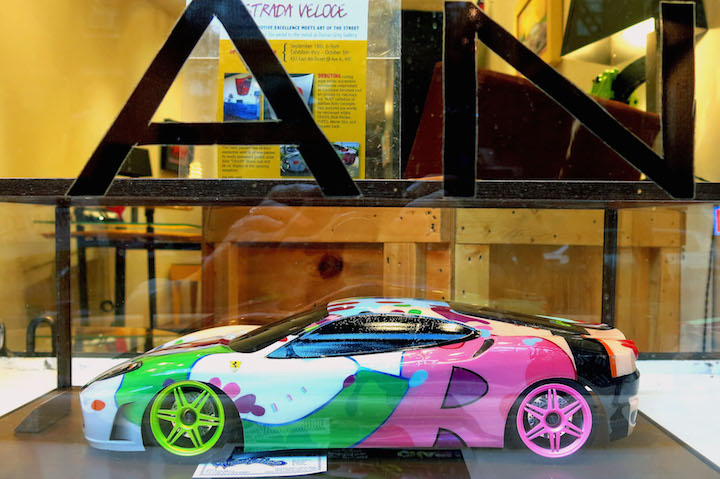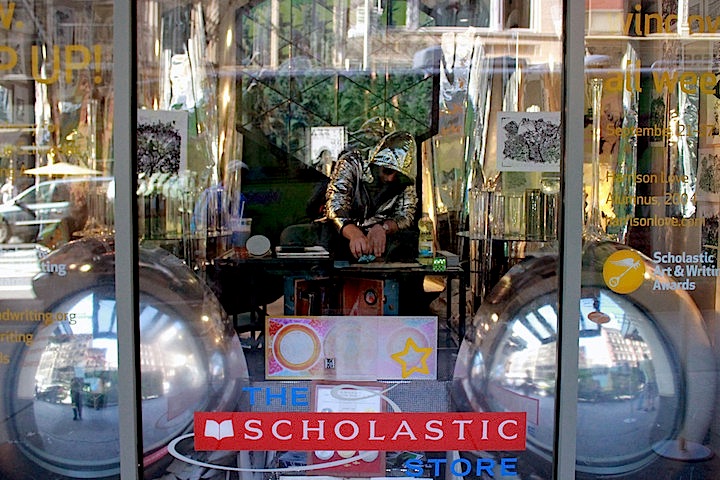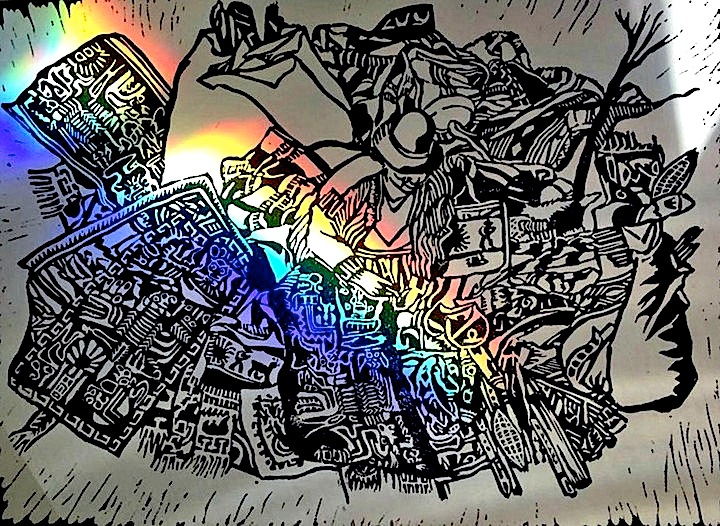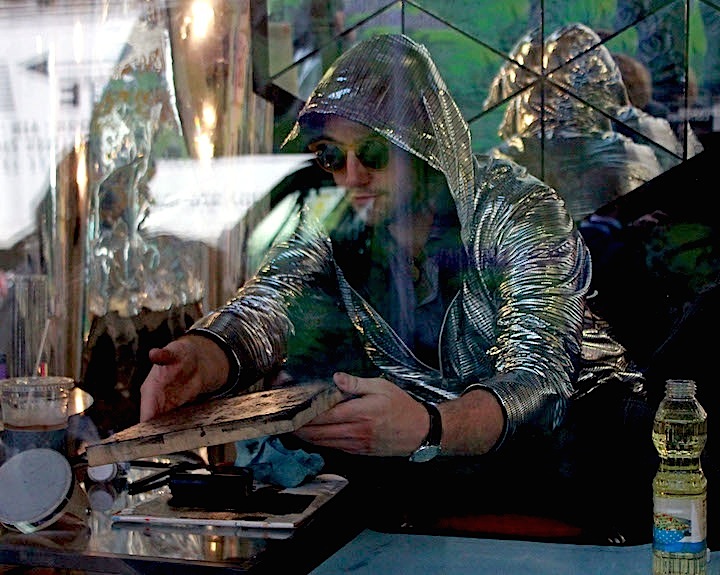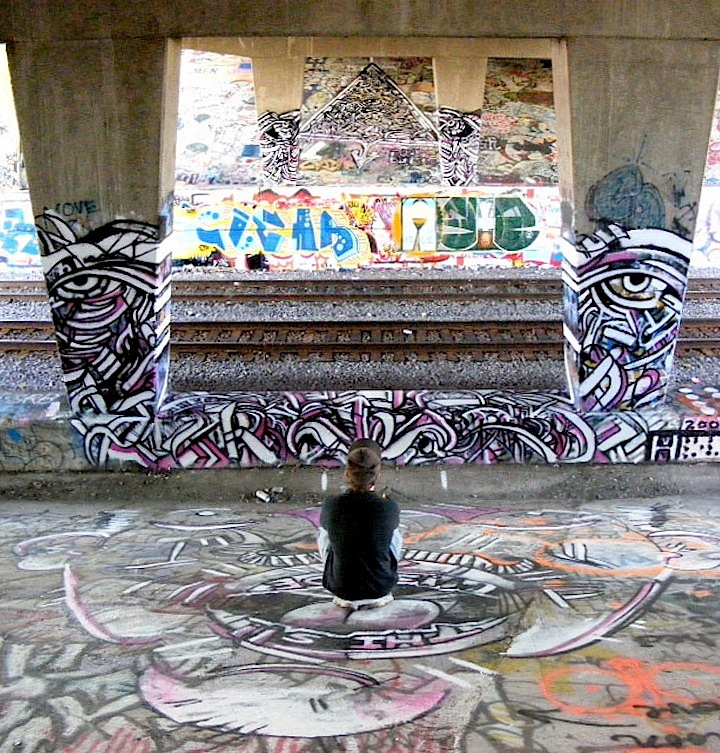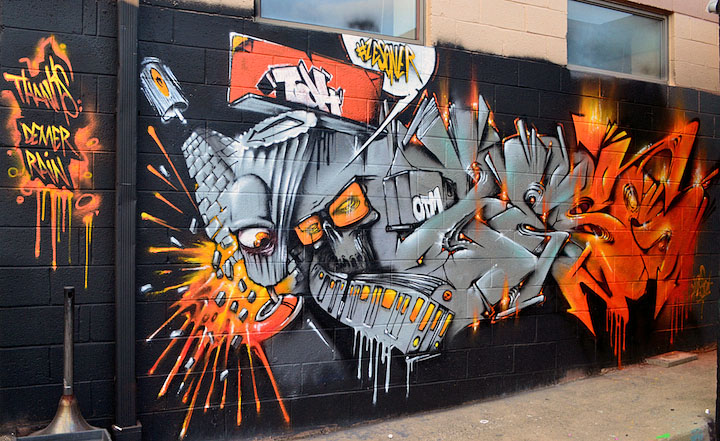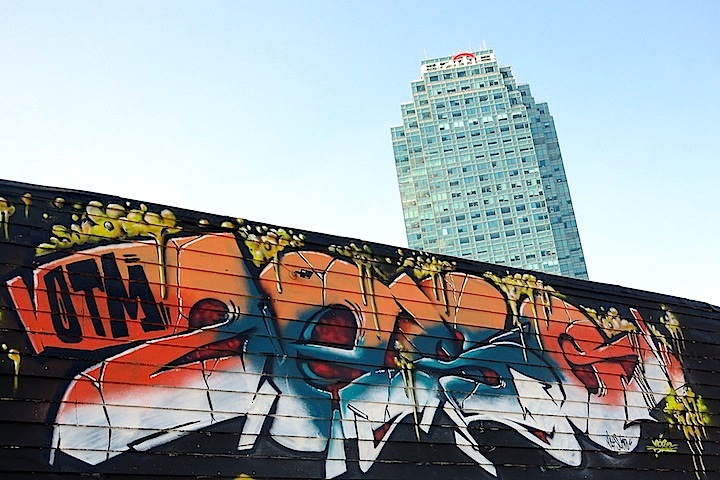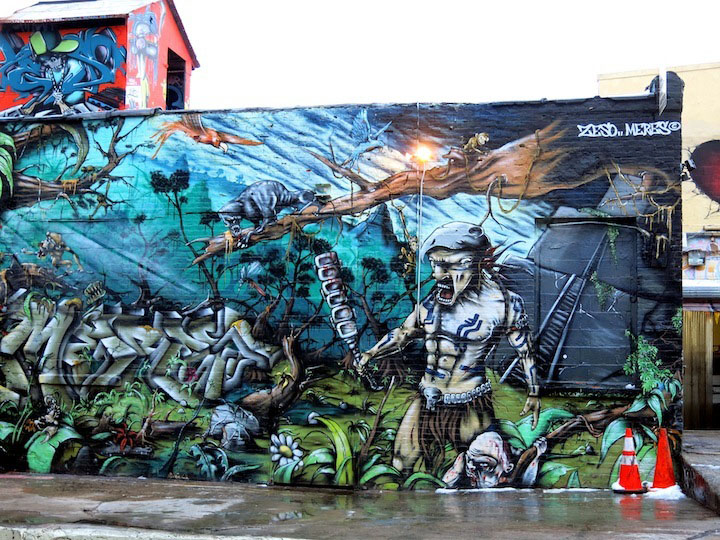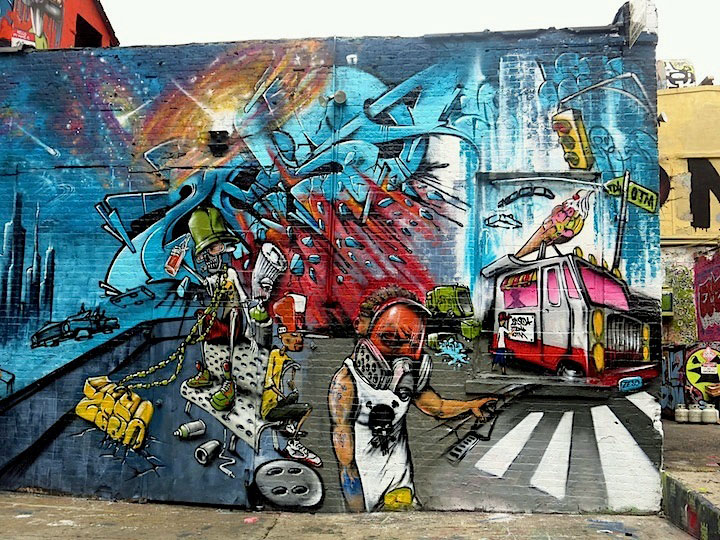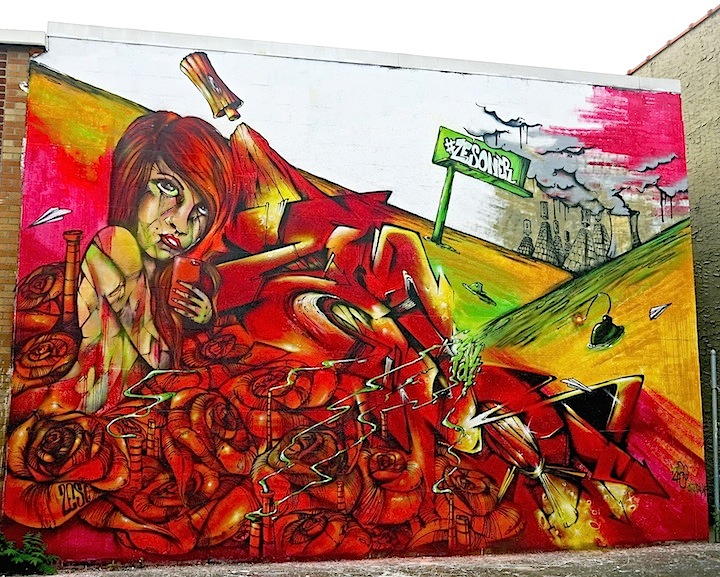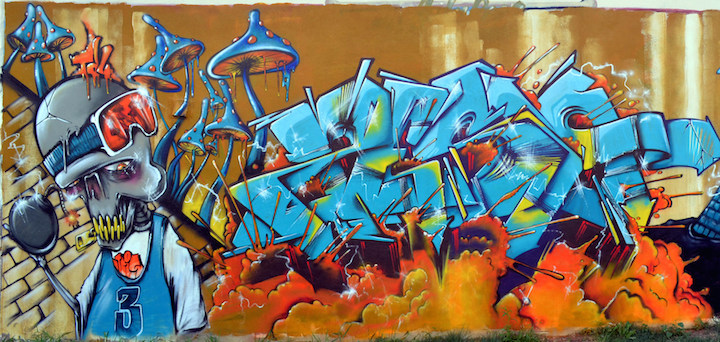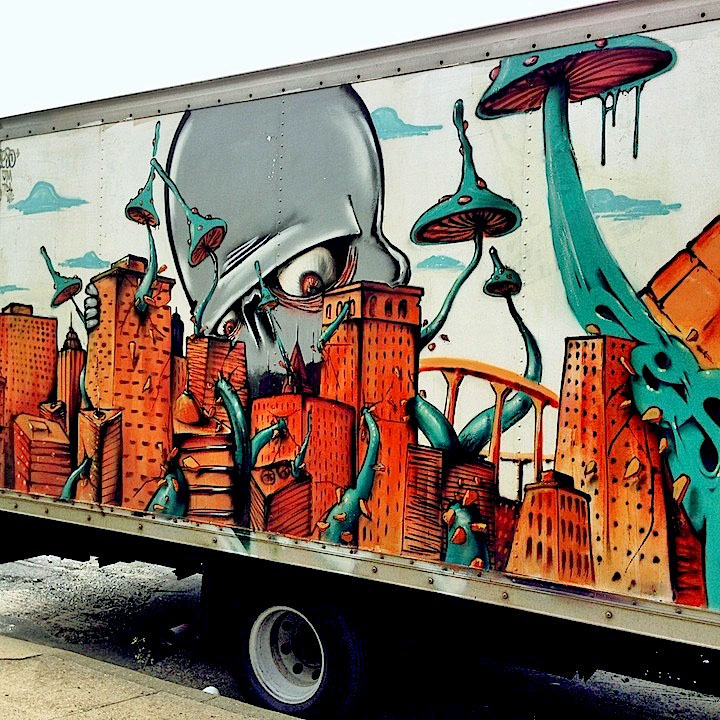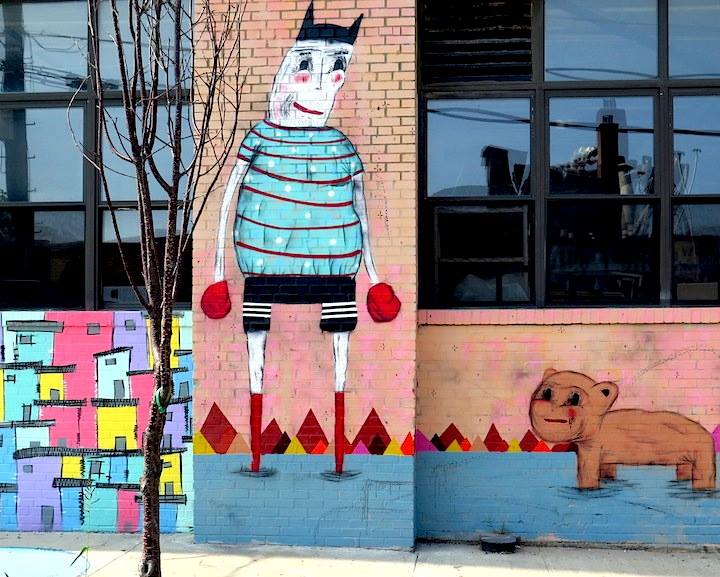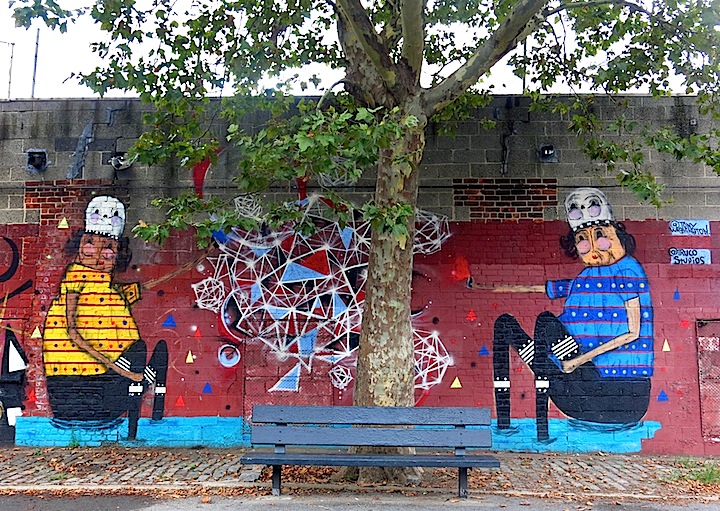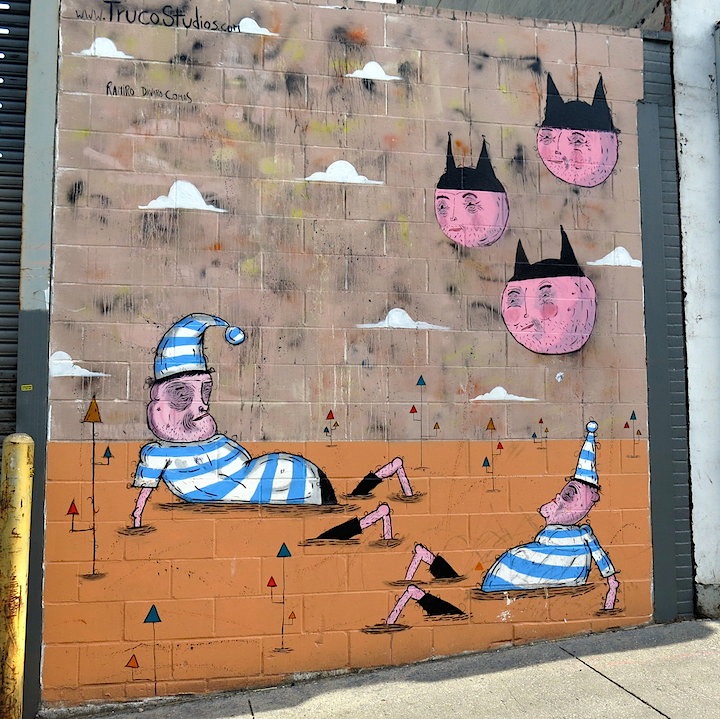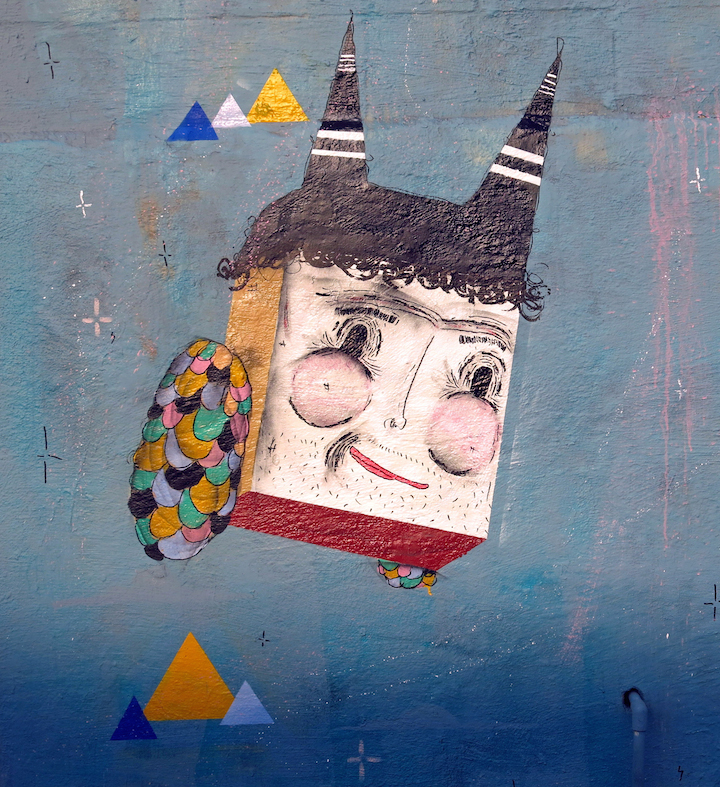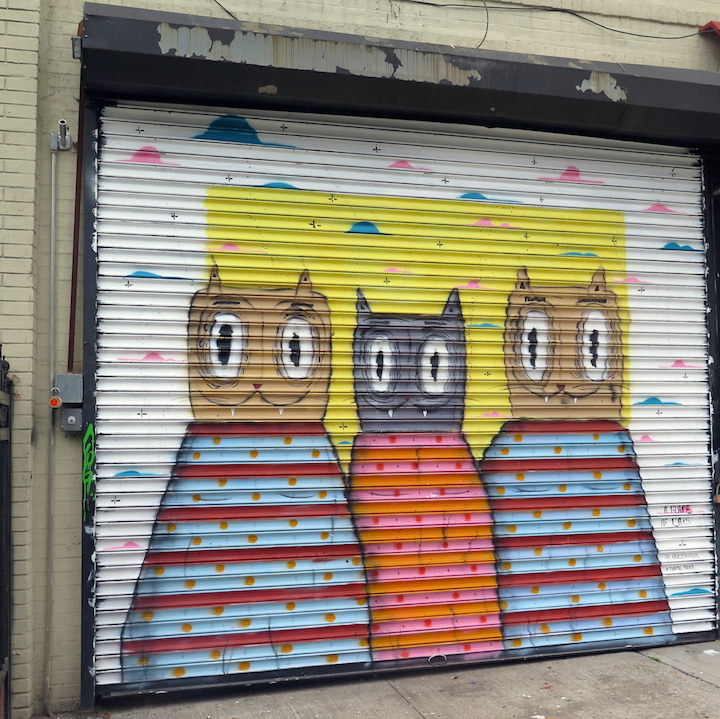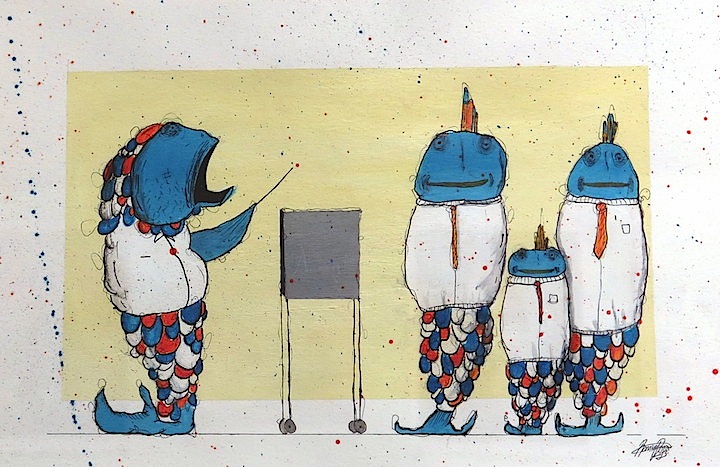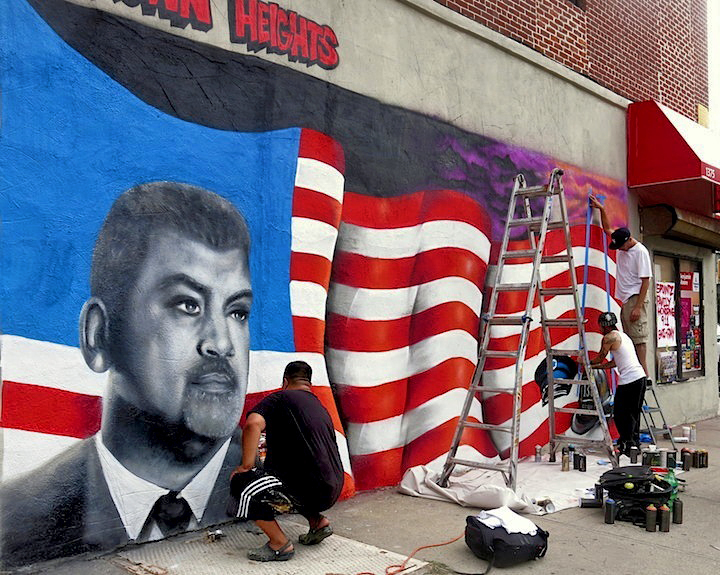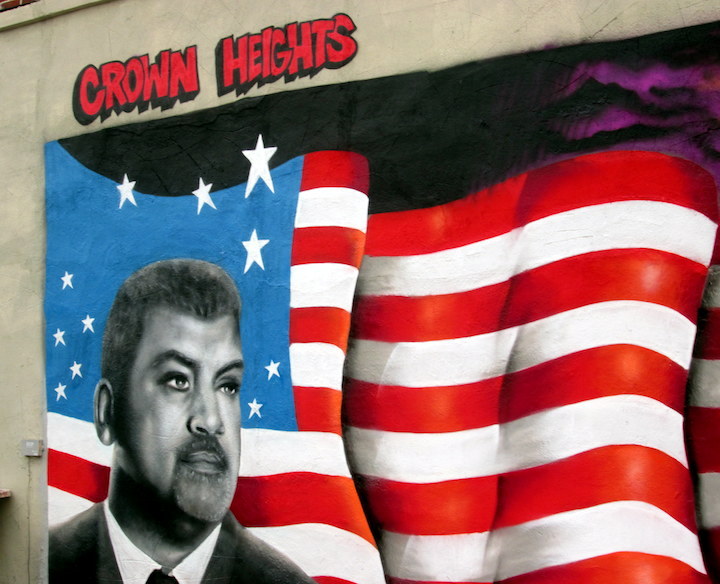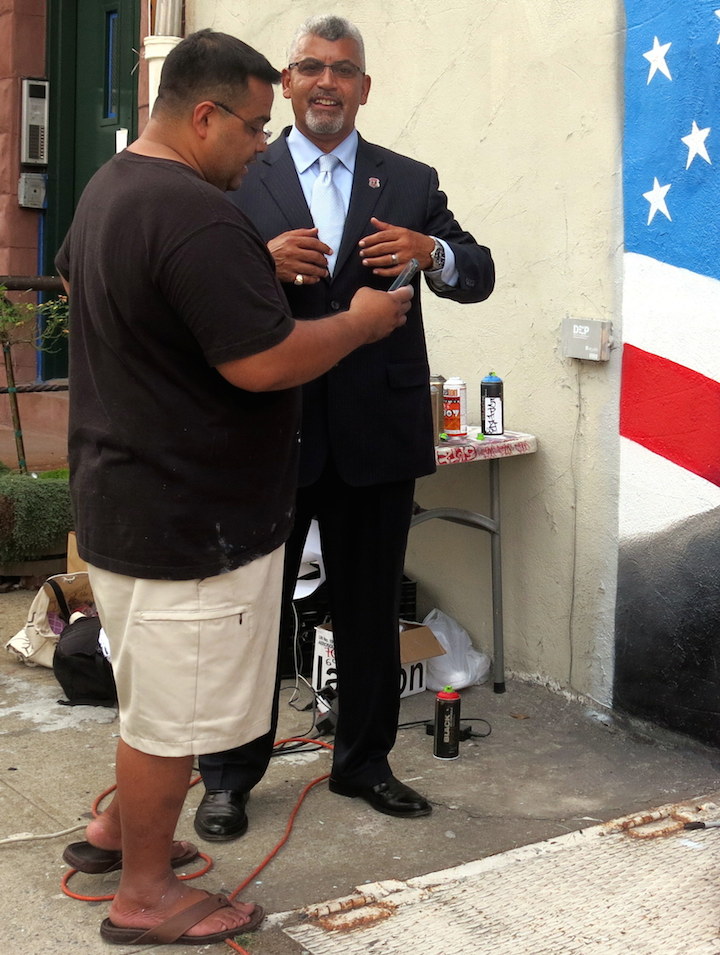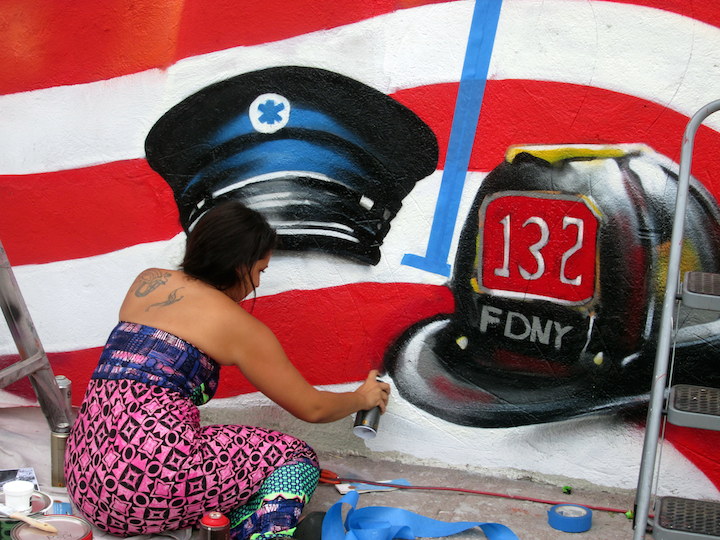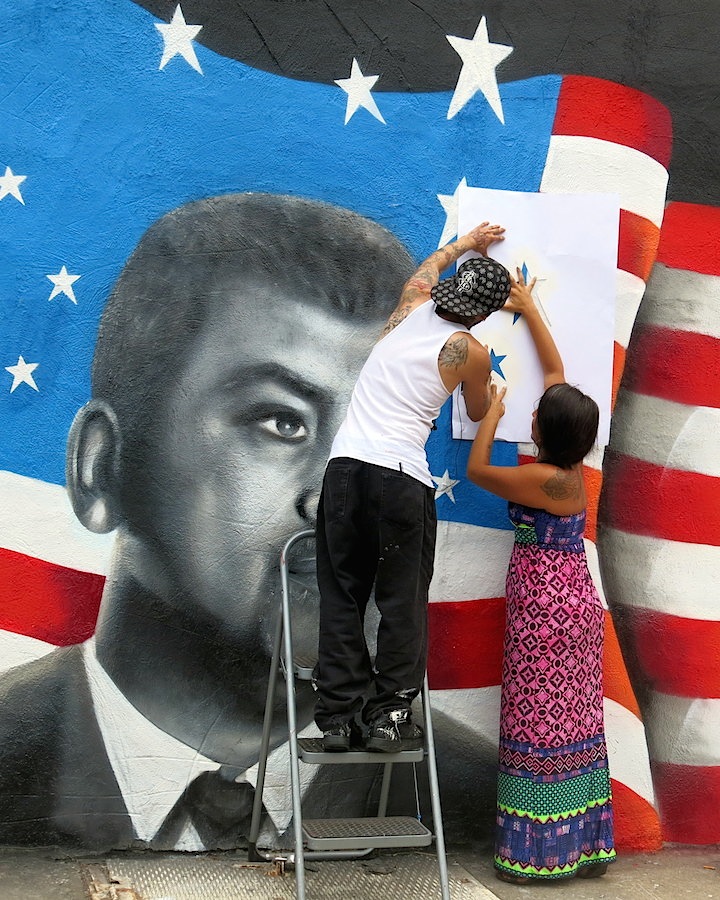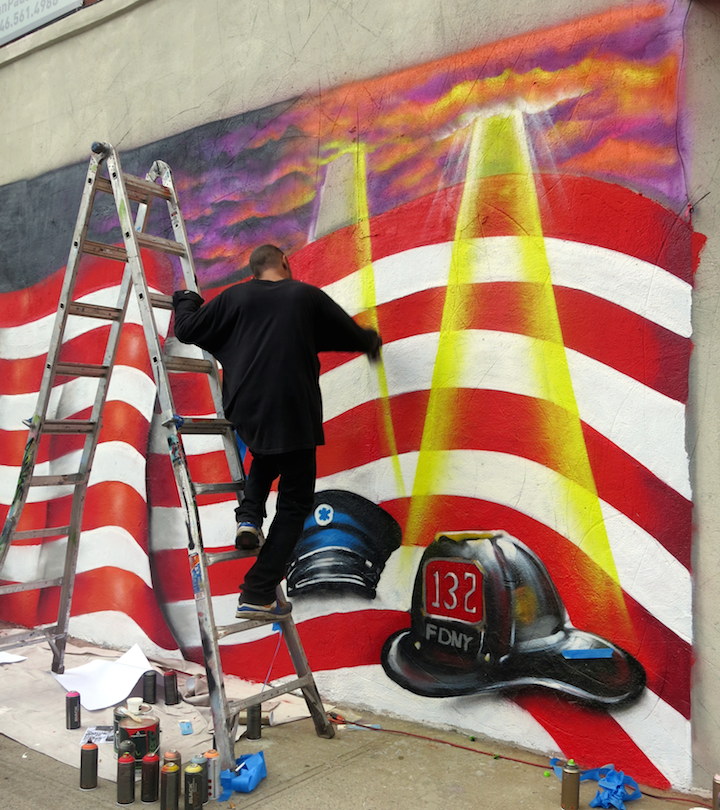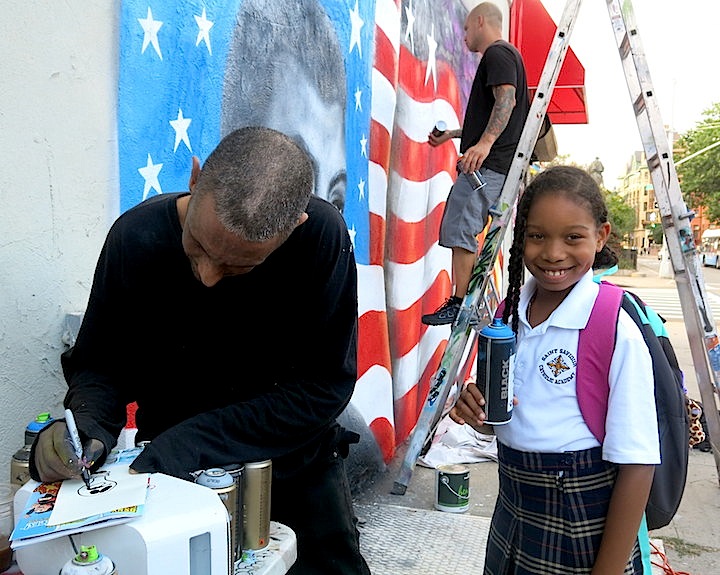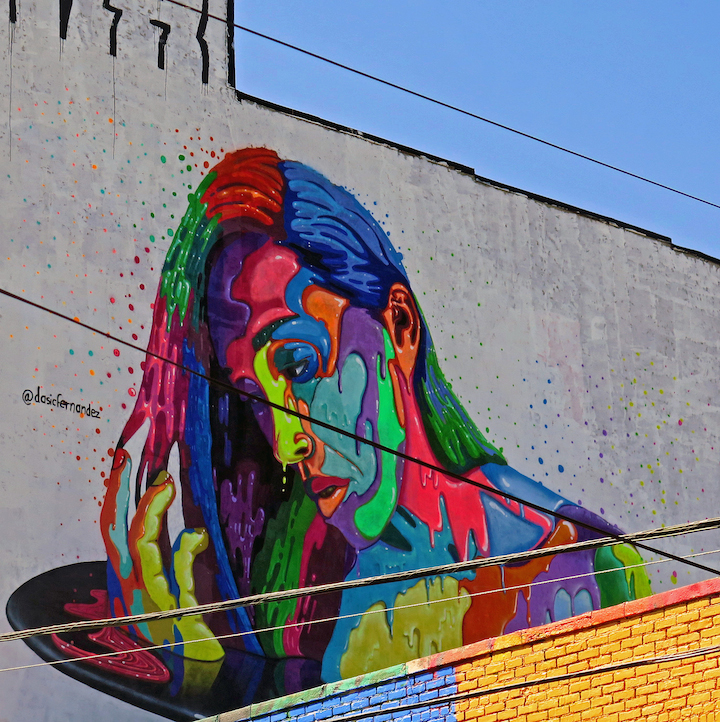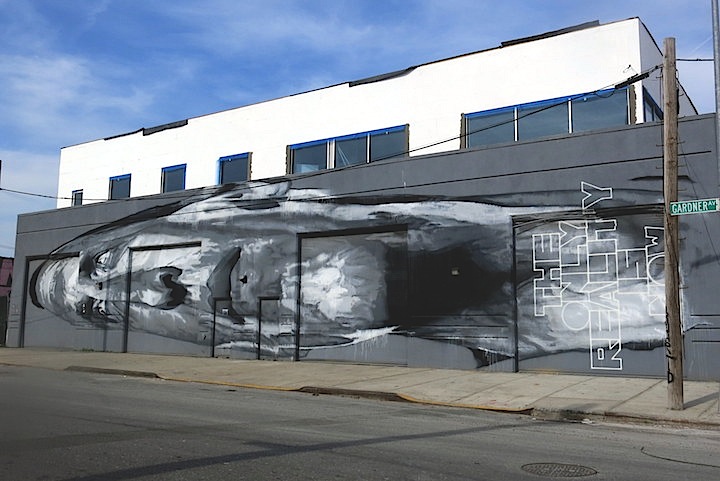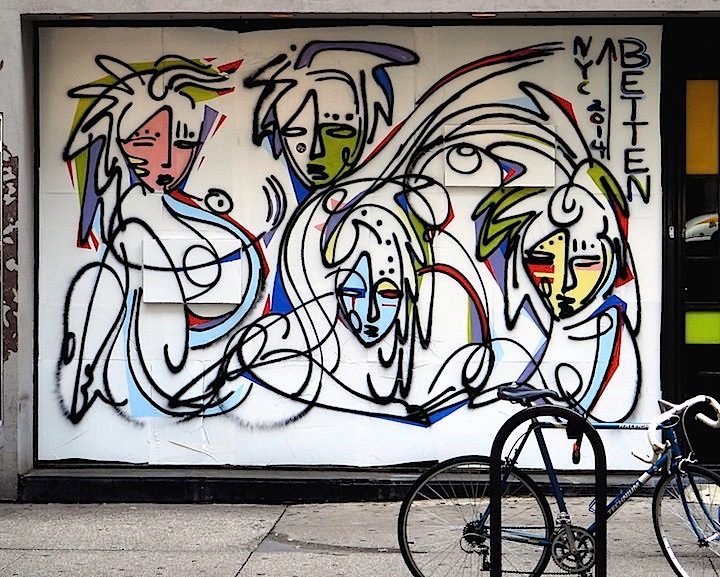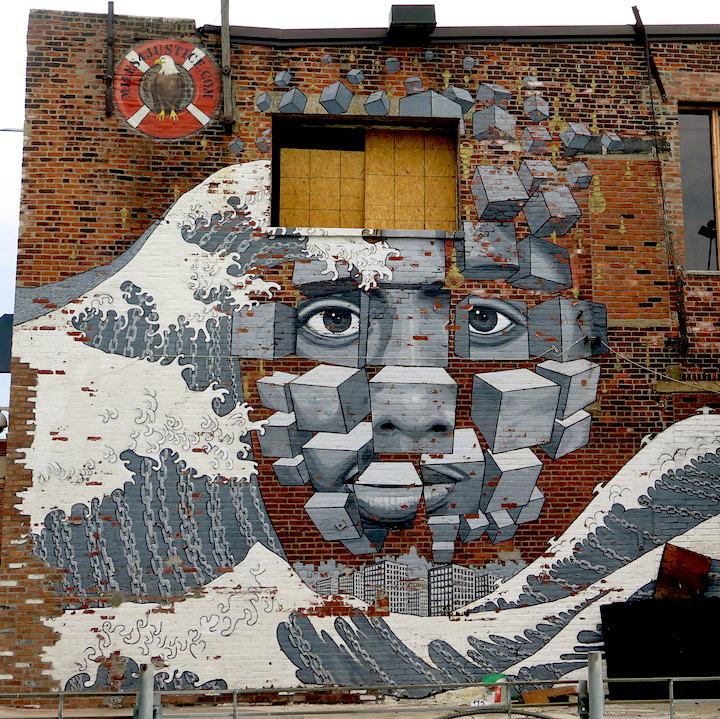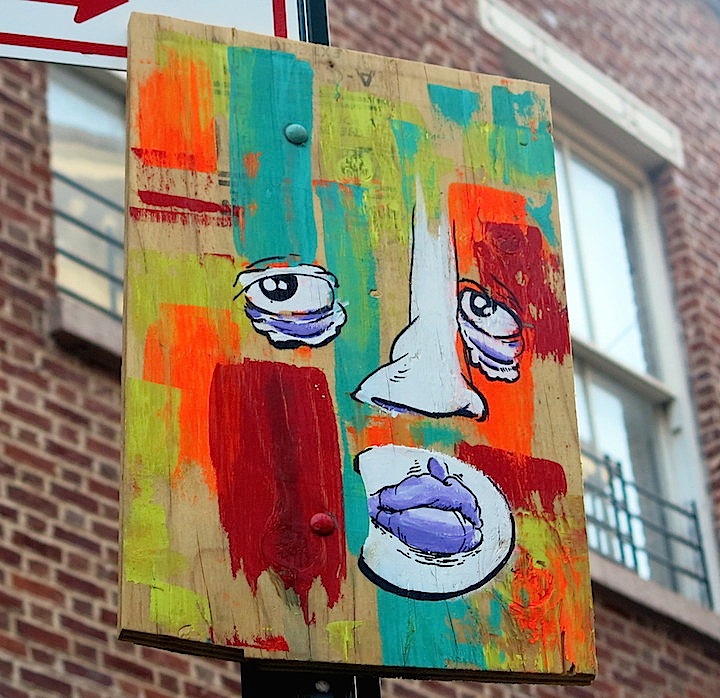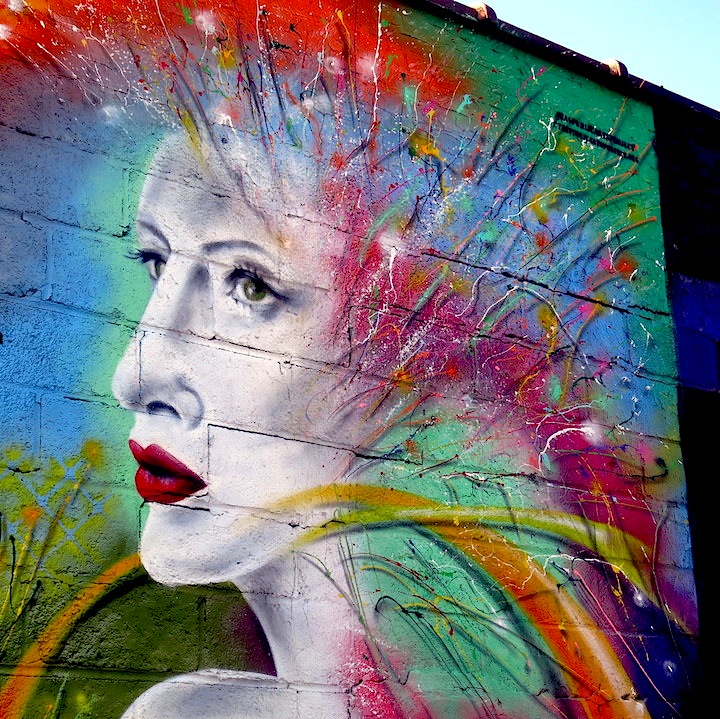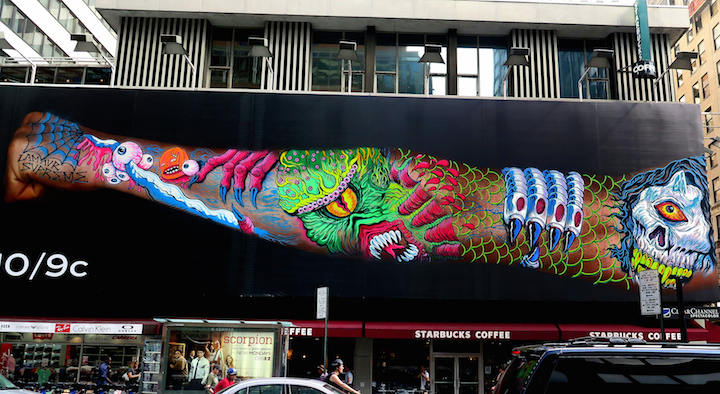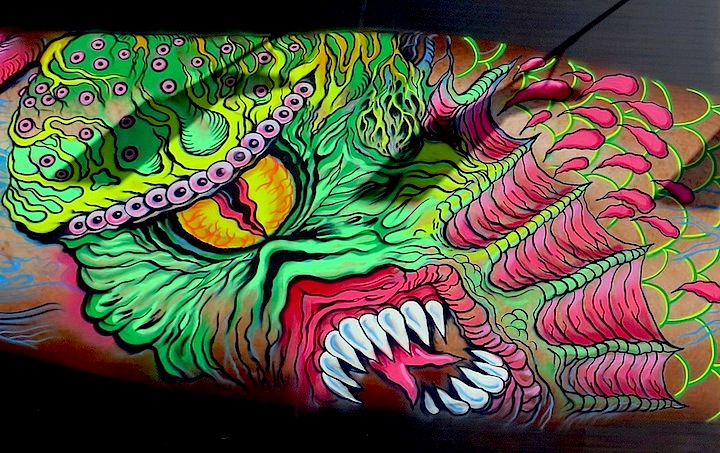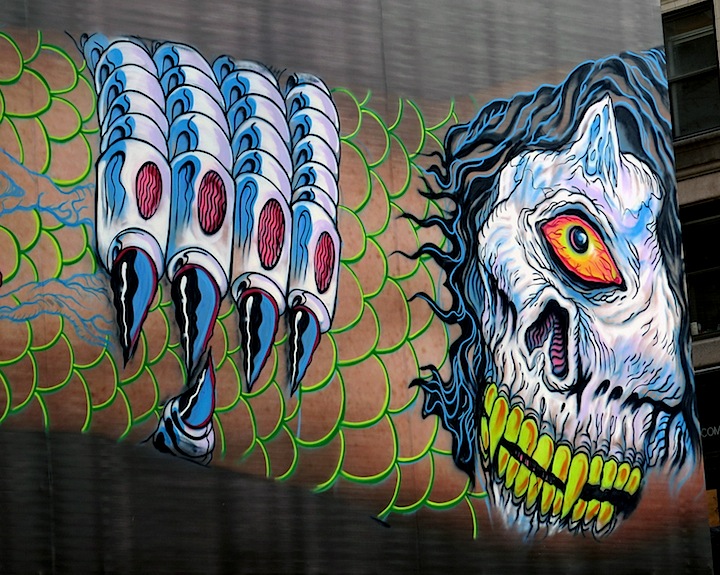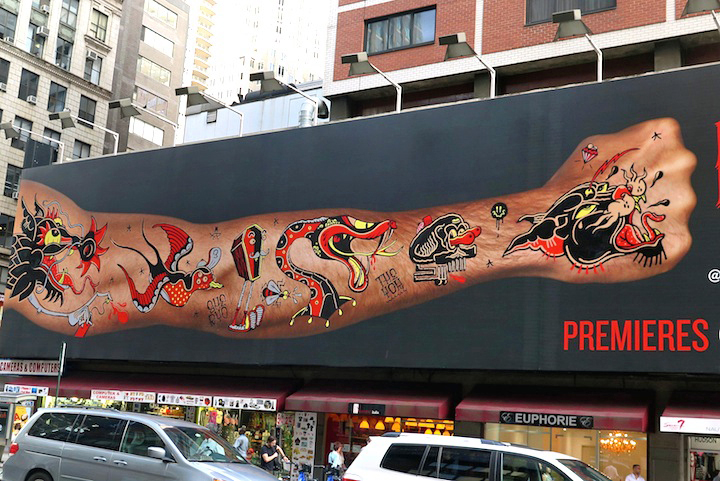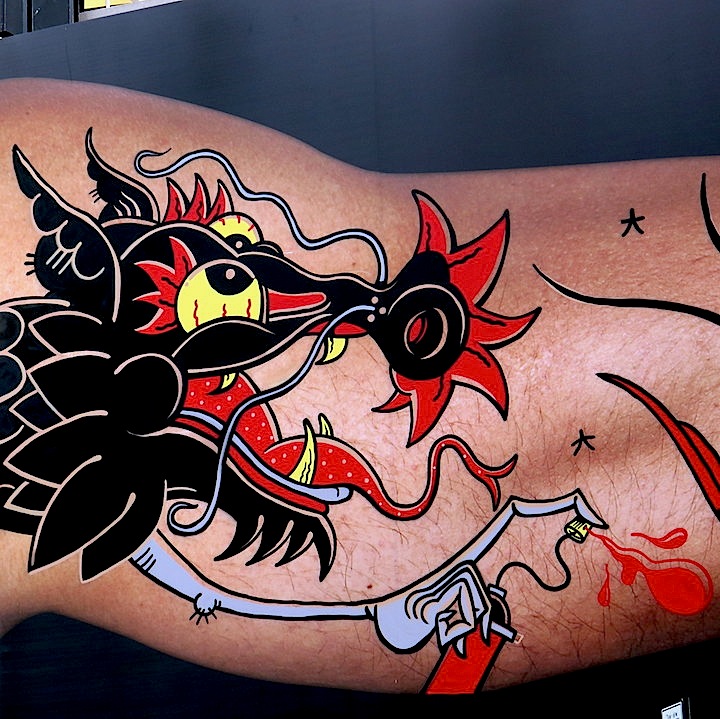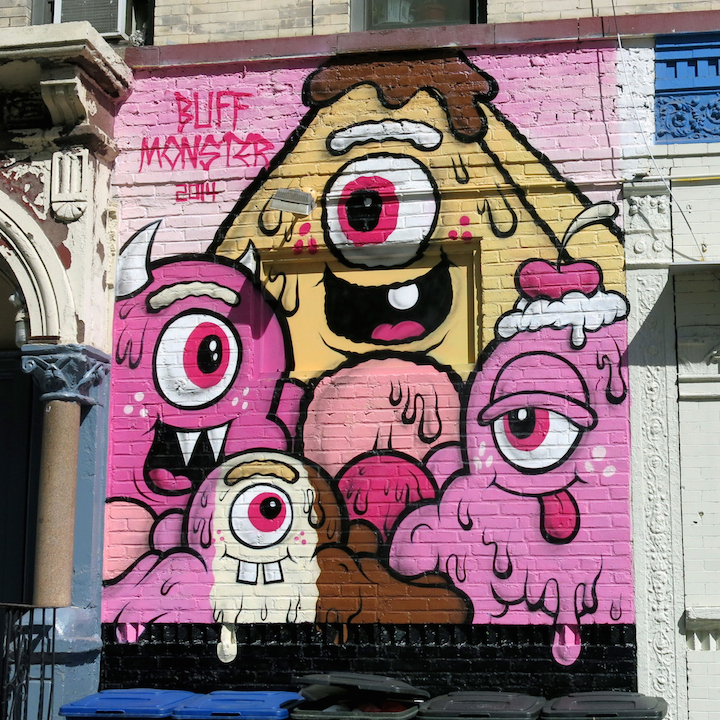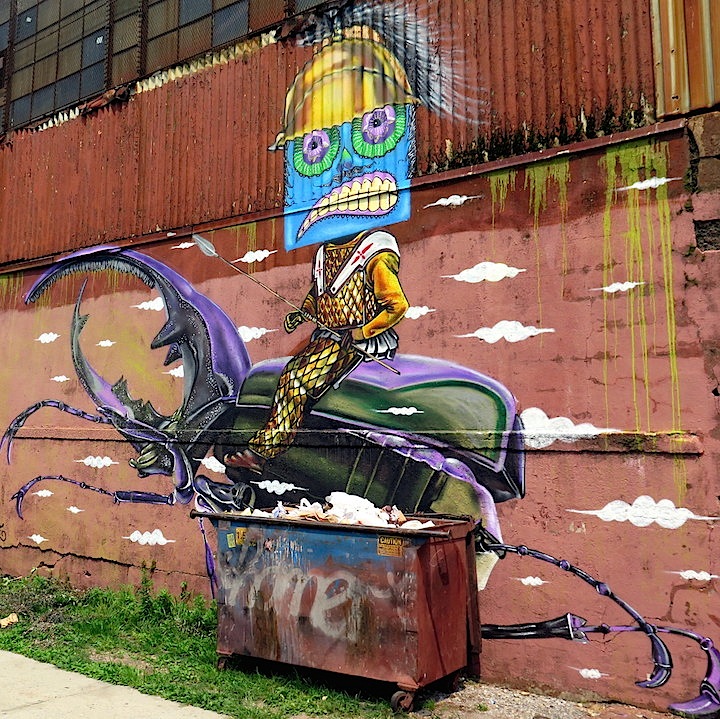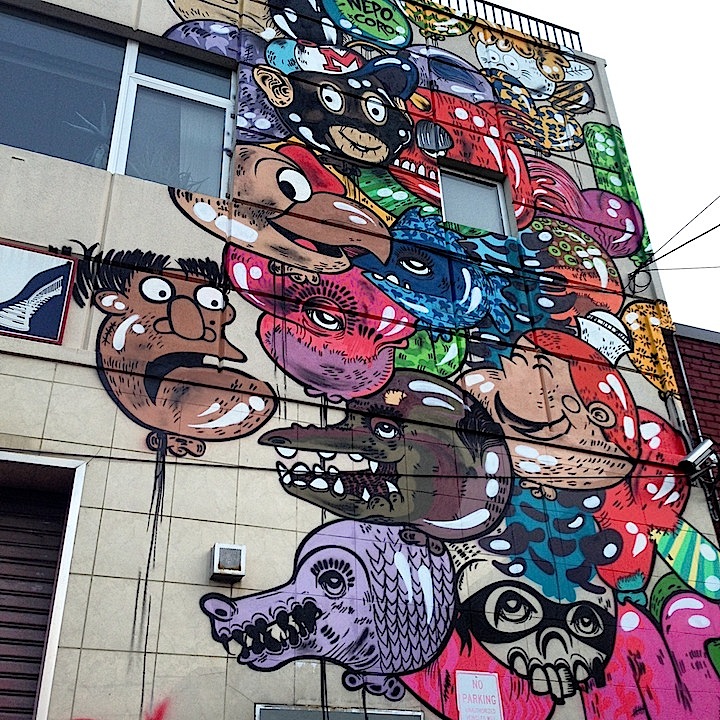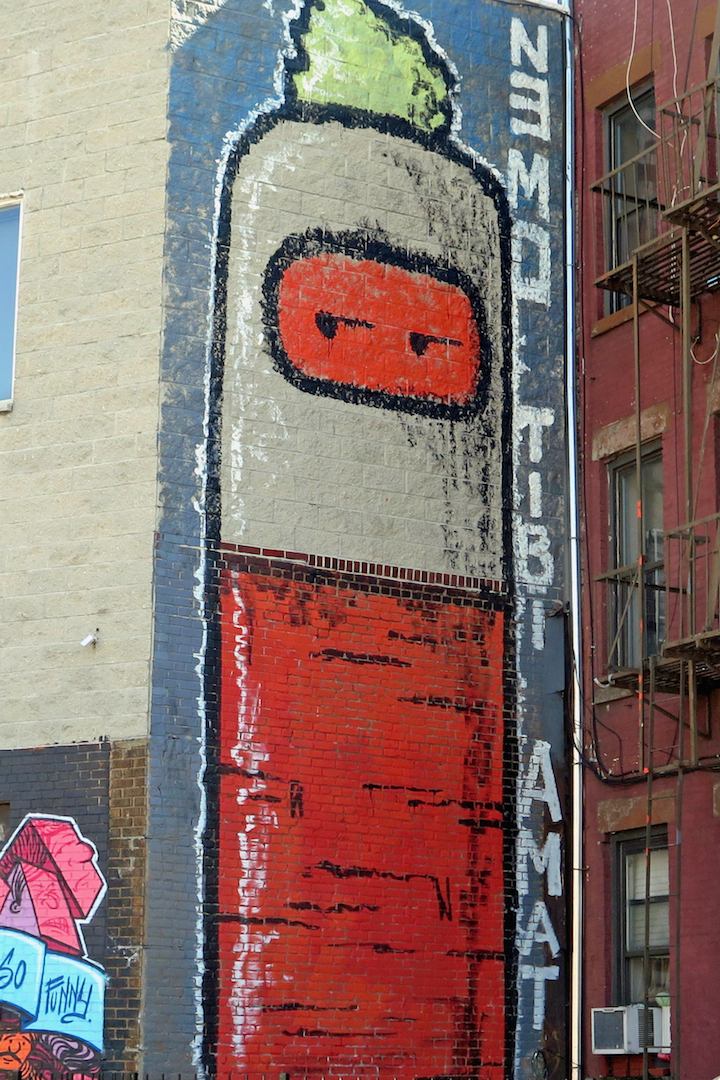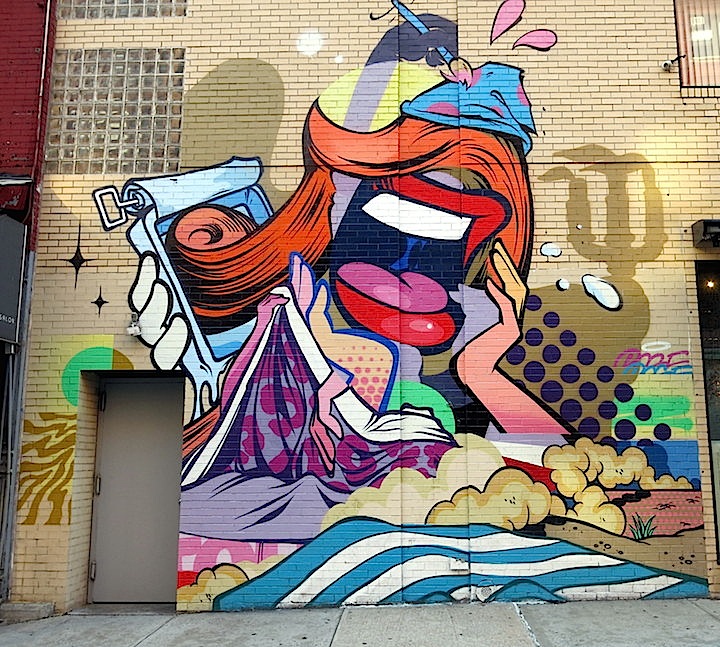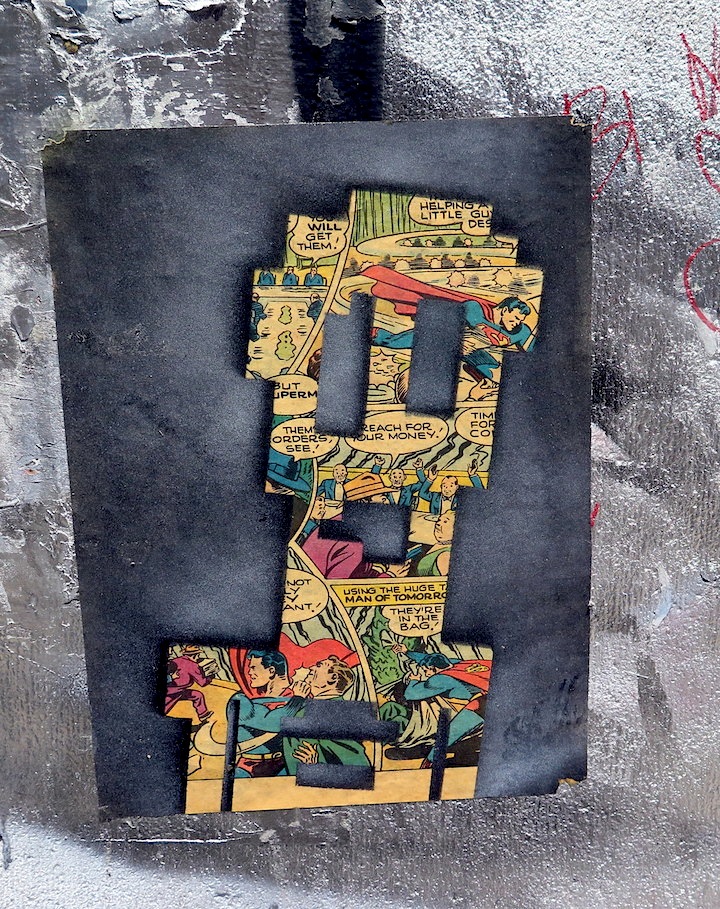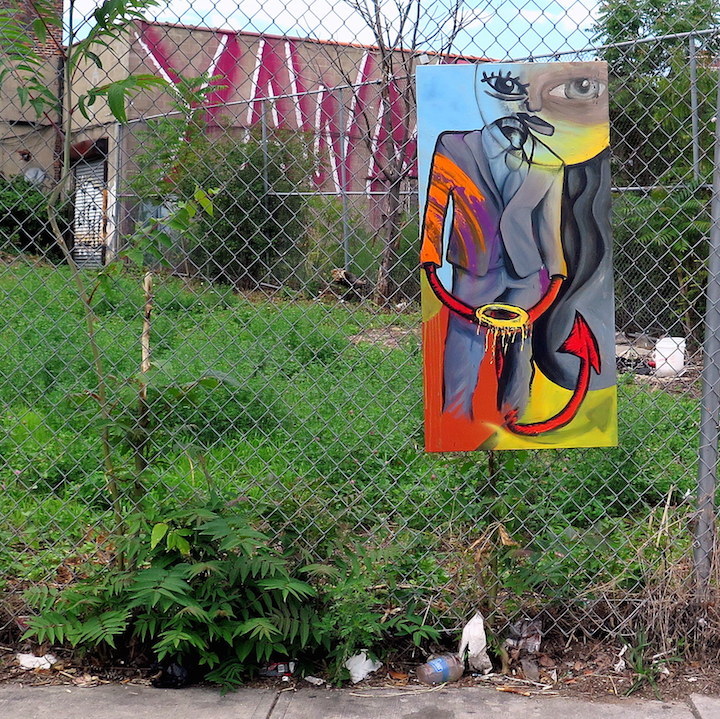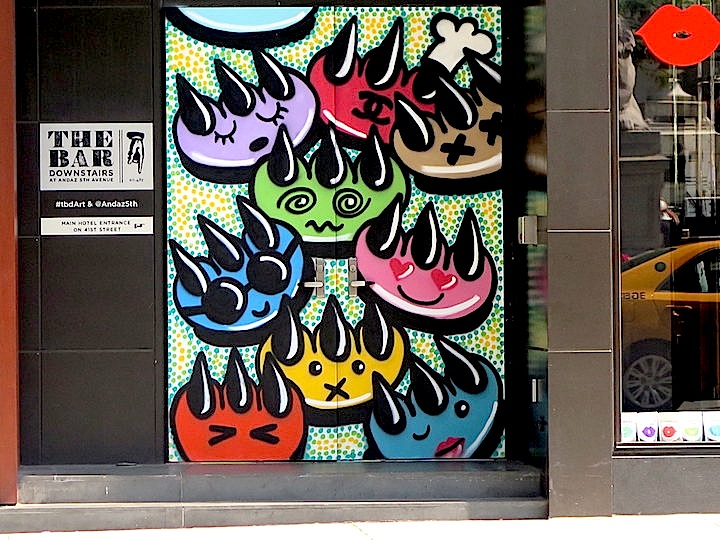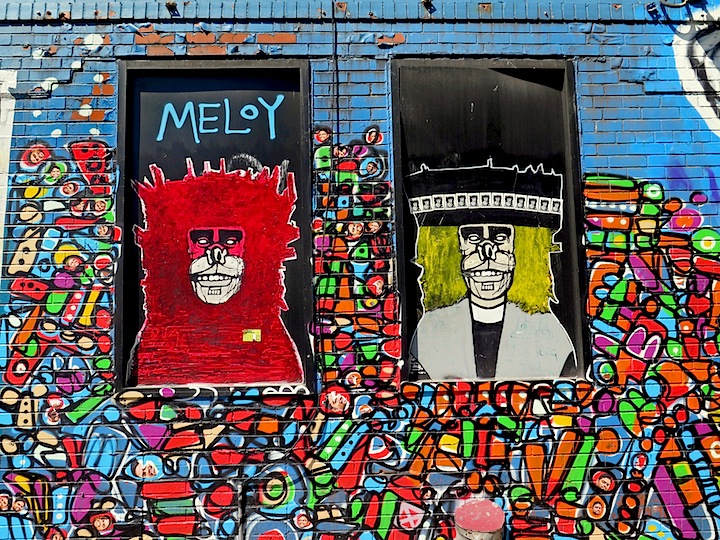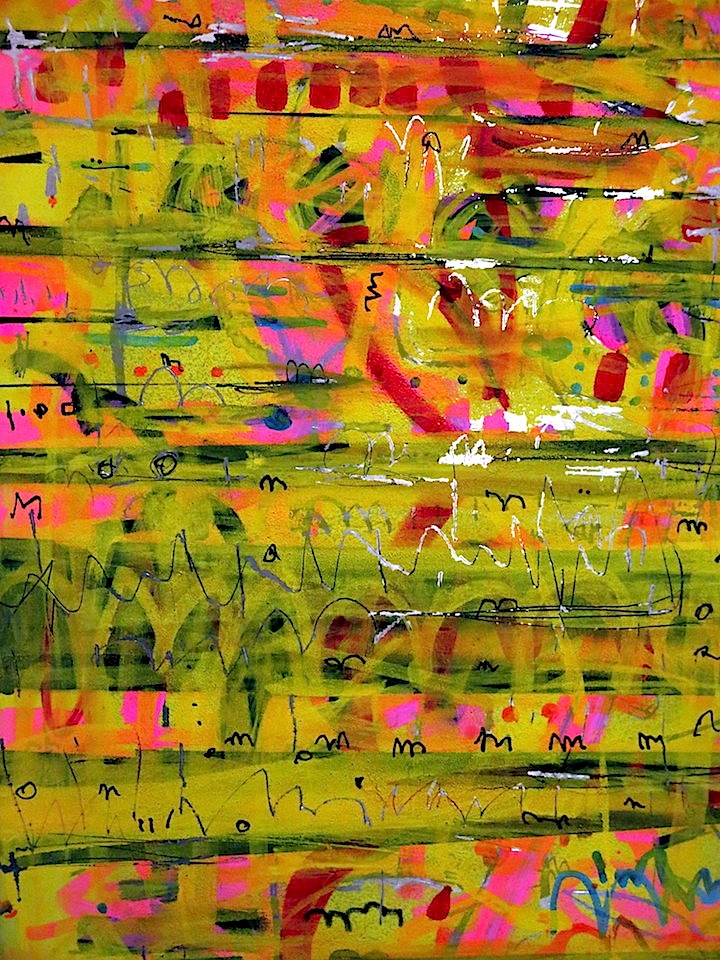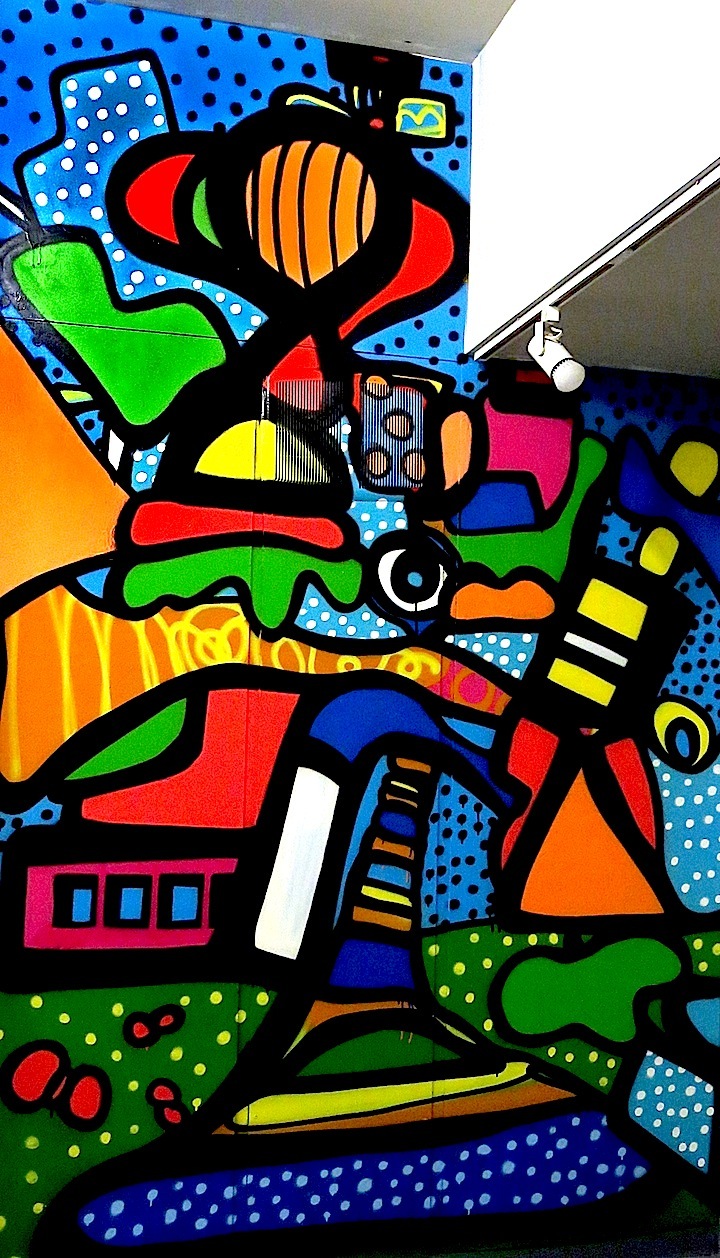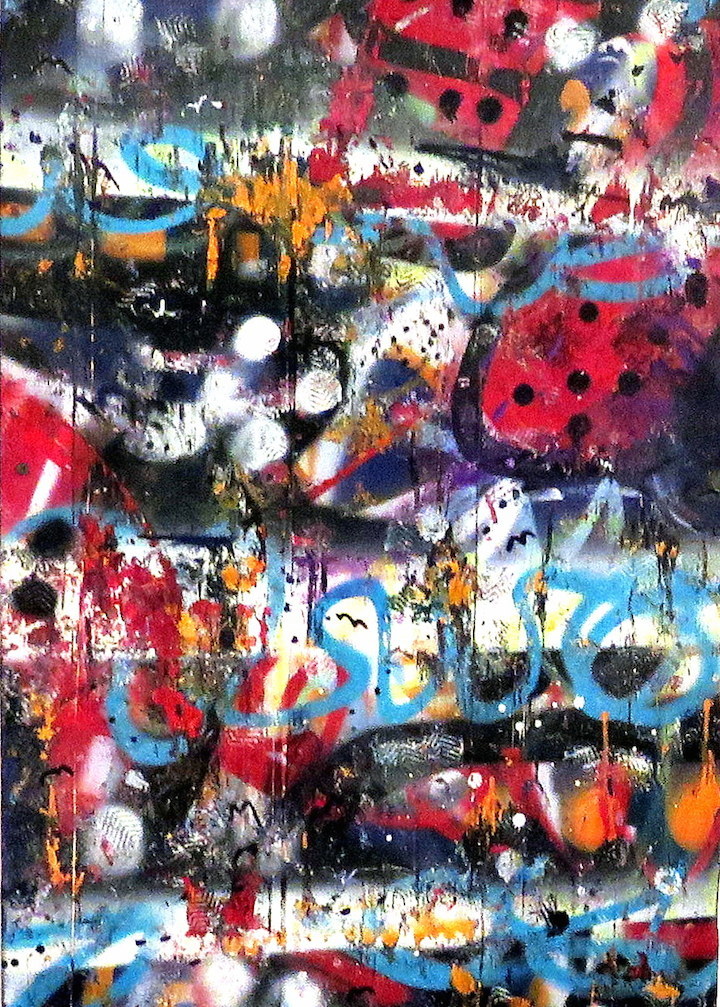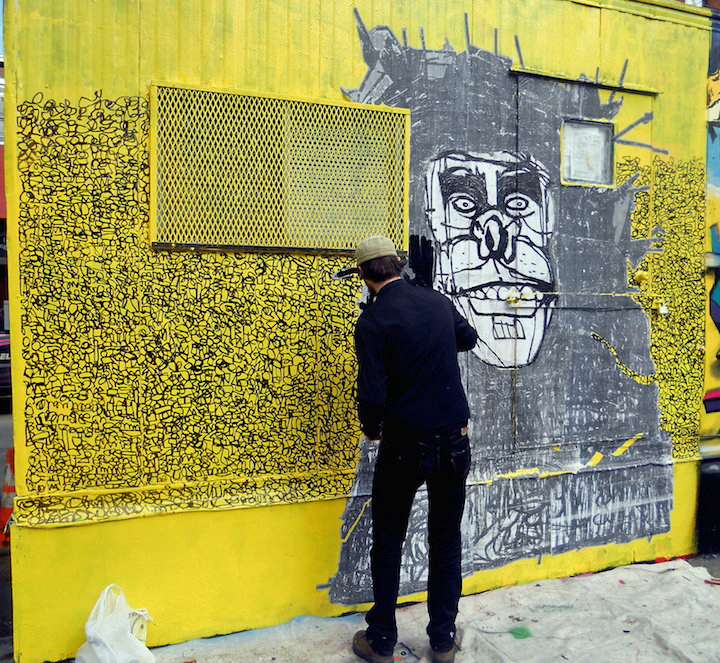Based in Weehawken, New Jersey, Sean Lugo has been sharing his distinct vision and talents with us not only on the streets of nearby Jersey City, but here in NYC, as well. I was delighted to have the opportunity to speak to him.
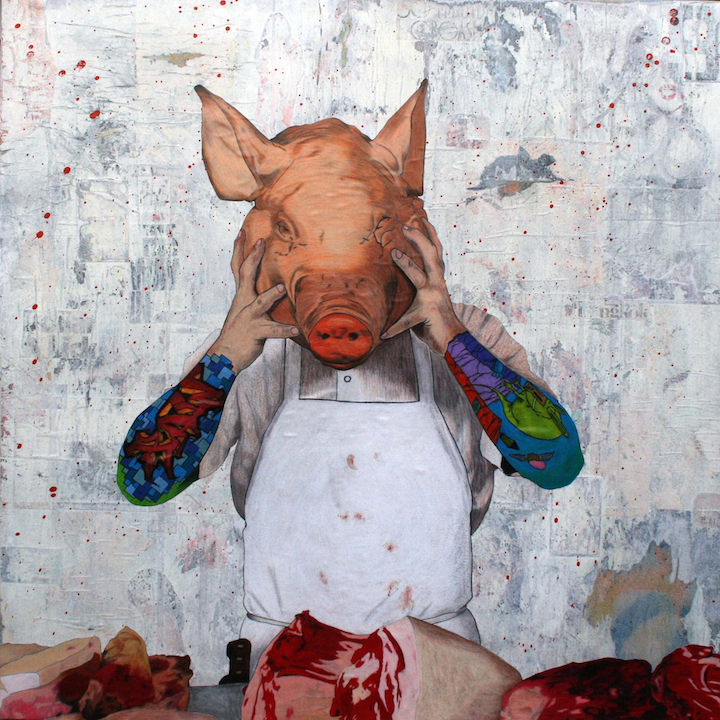
When did you first get up? And where?
It was back in 1998; I was 17. I tagged up around my neighborhood in Union City, NJ.
Had you any preferred surfaces back then?
Nope! Any open space was fine.
How did your family feel about what you were doing?
I was living with my sister at the time. She thought I was an idiot!
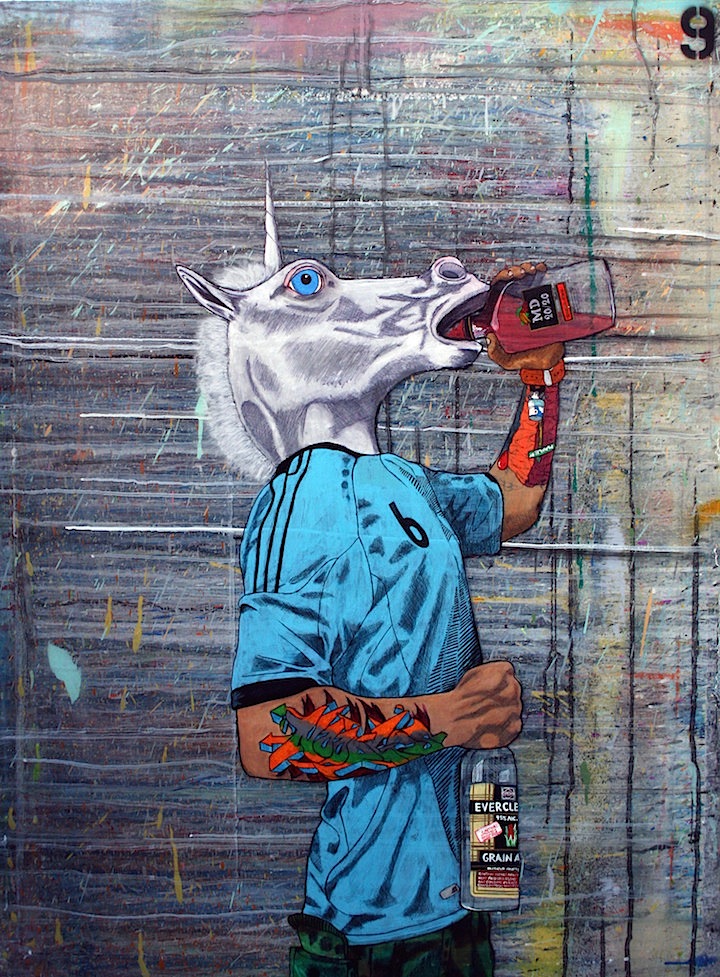
Have you any early graffiti-related memories that stand out?
I remember going to a Mets game with my father and seeing graffiti on the trains and at 5Pointz as we rode by on the 7 line. I was amazed! It was the most graffiti I’d ever seen anywhere. I was about 12 at the time.
What percentage of your day is devoted to art?
Just about all of it! I work as an art handler during the day, and then I spend about five hours each day working on my own art.
Any other interests?
Sports. I love football!
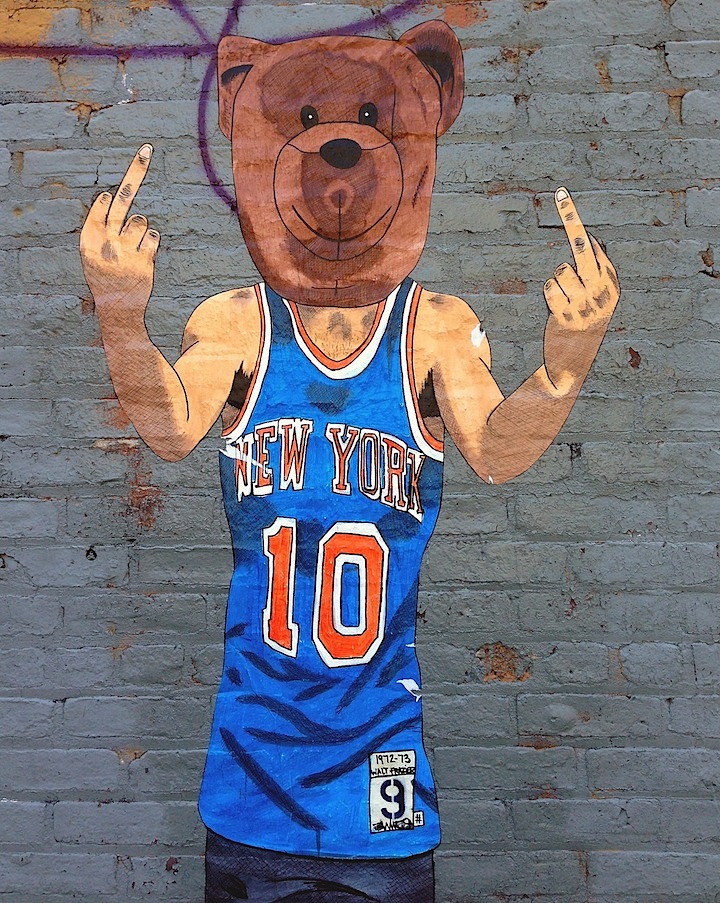
Any thoughts on the graffiti/ street art divide?
I don’t personally feel the divide. They are both outlets for us to express ourselves.
How do you feel about the movement of graffiti and street art into galleries
I like it! I’d like to see even more gallery owners open their spaces to us. Folks who run galleries need to be more aware of what’s going on in the streets.
How you feel about the role of the Internet in this scene?
I think it’s beautiful. It’s connected me to so many others.
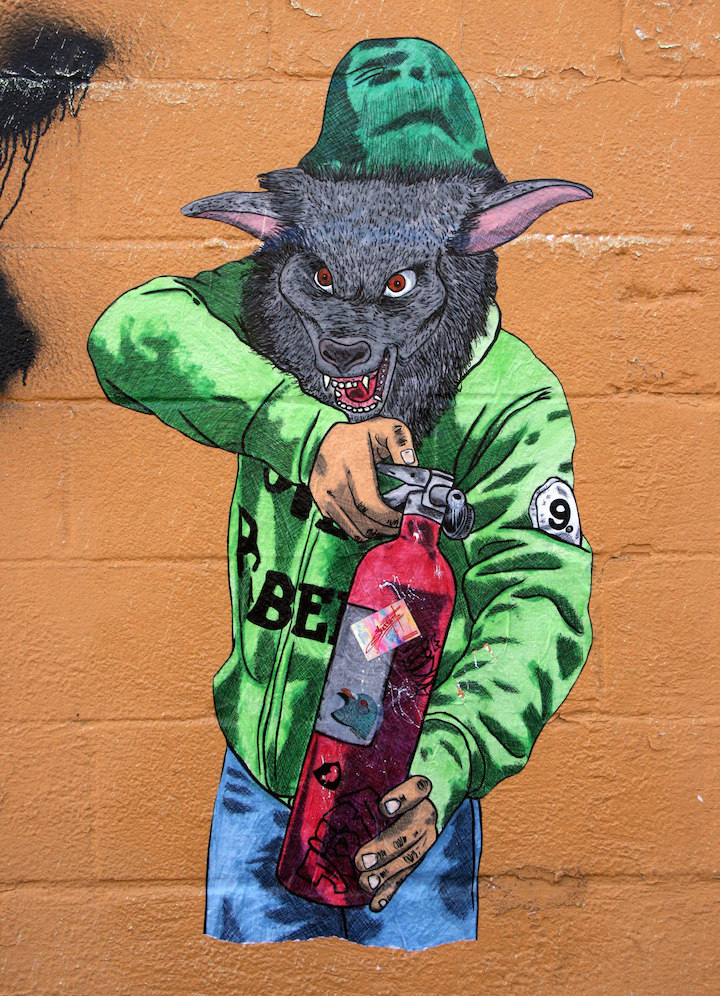
Do you have a formal arts education?
No. I’m self-taught.
What’s the riskiest thing you’ve done?
Well, definitely the stupidest was bombing with Werds off the High Line. We climbed up via a truck, and after spending over eight hours up there, we had to jump down to reach the ground.
What inspires you these days?
Concepts. I’m inspired by the masks that people wear as they try to project a false illusion of themselves. Most people are fake. And it is the incongruity between who people appear to be and who they really are that drives my art these days.
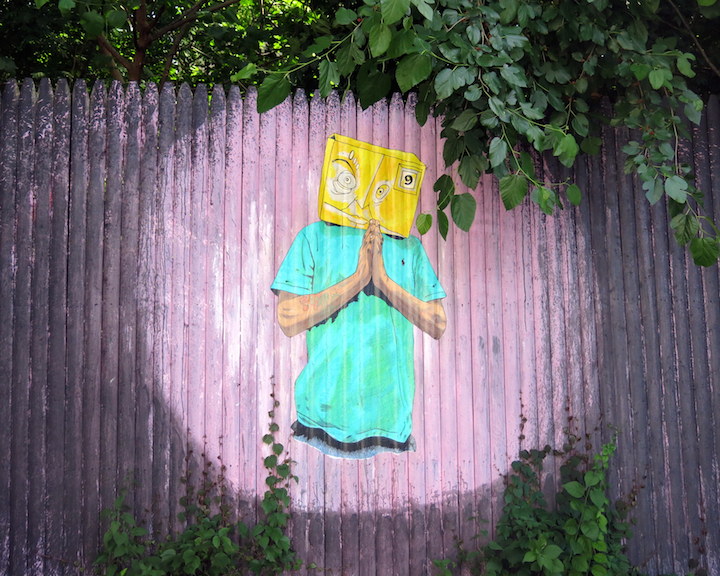
Has your aesthetic been influenced by any particular cultures?
I’m influenced by all cultures – but particularly my own, the Spanish culture.
Do you work with a sketch in your hand, or do you let it flow?
I draw everything out, and I like to choose a spot before I draw.
What is your ideal working environment?
A quiet room with any kind of music in the background.
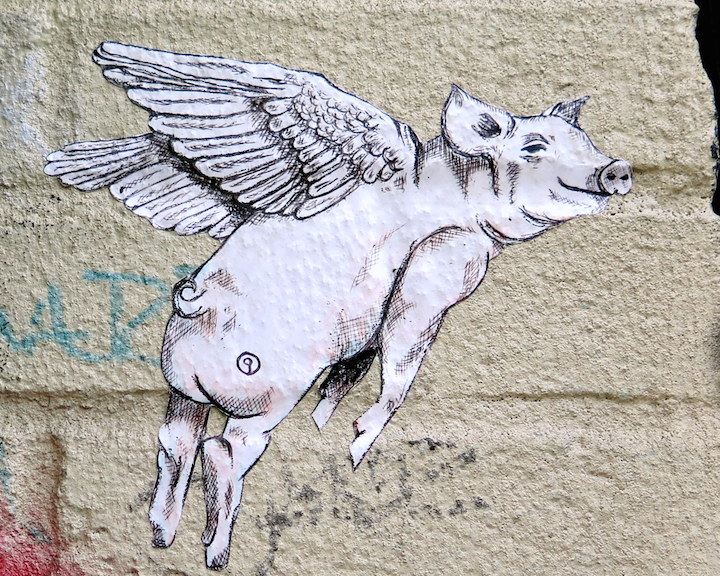
Are you generally satisfied with your finished product?
Yes.
How has your work evolved in the past few years?
It’s become more dramatic, and I engage with it more seriously.
How’s that?
I look at life differently than I used to. On August 1, 2011, I was in a car accident in Jersey City. The guy who hit me died, and I almost did. As a result of this trauma, I’ve come to understand just how brief and fragile life is.
And can you tell us something about wheat pastes – your preferred medium?
Yes, I love using wheat pastes because they perfectly mirror life’s temporality.
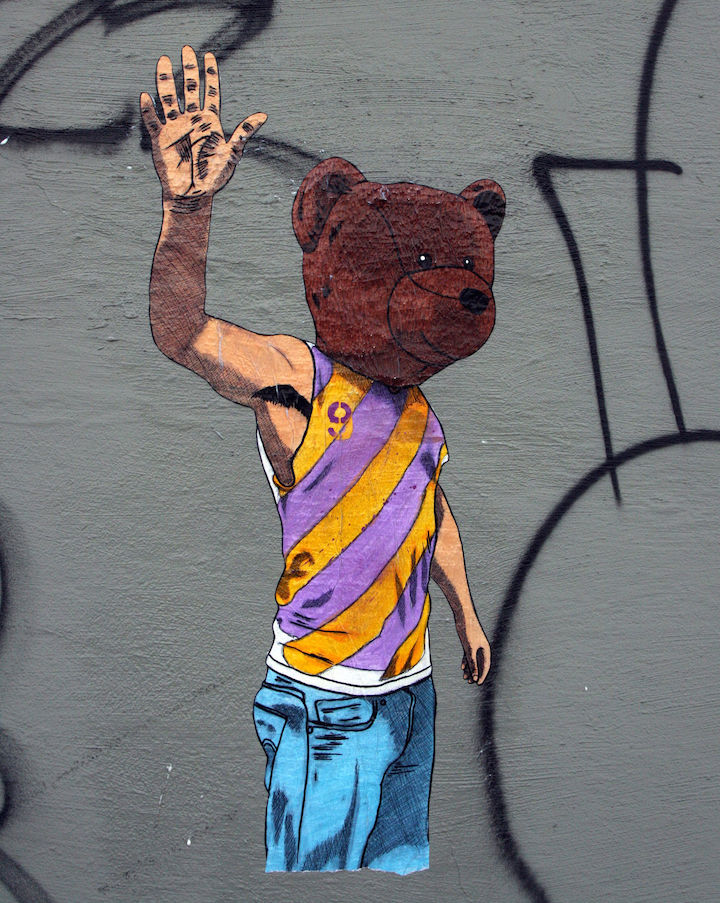
What do you see as the role of the artist in society?
To spur others to become more creative.
And what about how society views the artist? Any thoughts as to how others view you?
Too many folks view art as a business.
Any favorite artists who share their work on the streets?
So many! But to name a few: LNY, Ekundayo, Vinz, NoseGo …
What’s ahead?
I want to continue doing art on the streets and interacting more with public space. I’d love to create an entire, interactive scene just using wheatpastes!
Interview conducted and edited by Lois Stavsky; photos 3, 5 and 6 by Lois Stavsky; others courtesy of Sean Lugo.
